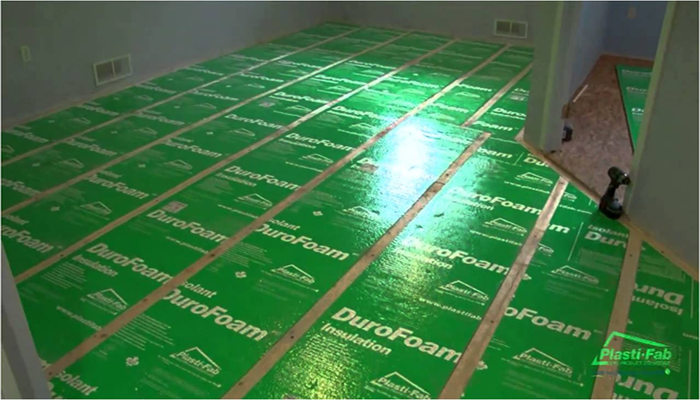Floor Insulation
London and the South East’s experienced floor insulation installers
Floor insulation will not only save you around £55 a year in energy bills, it’s an ideal opportunity to seal any gaps between floors and skirting boards to reduce draughts too
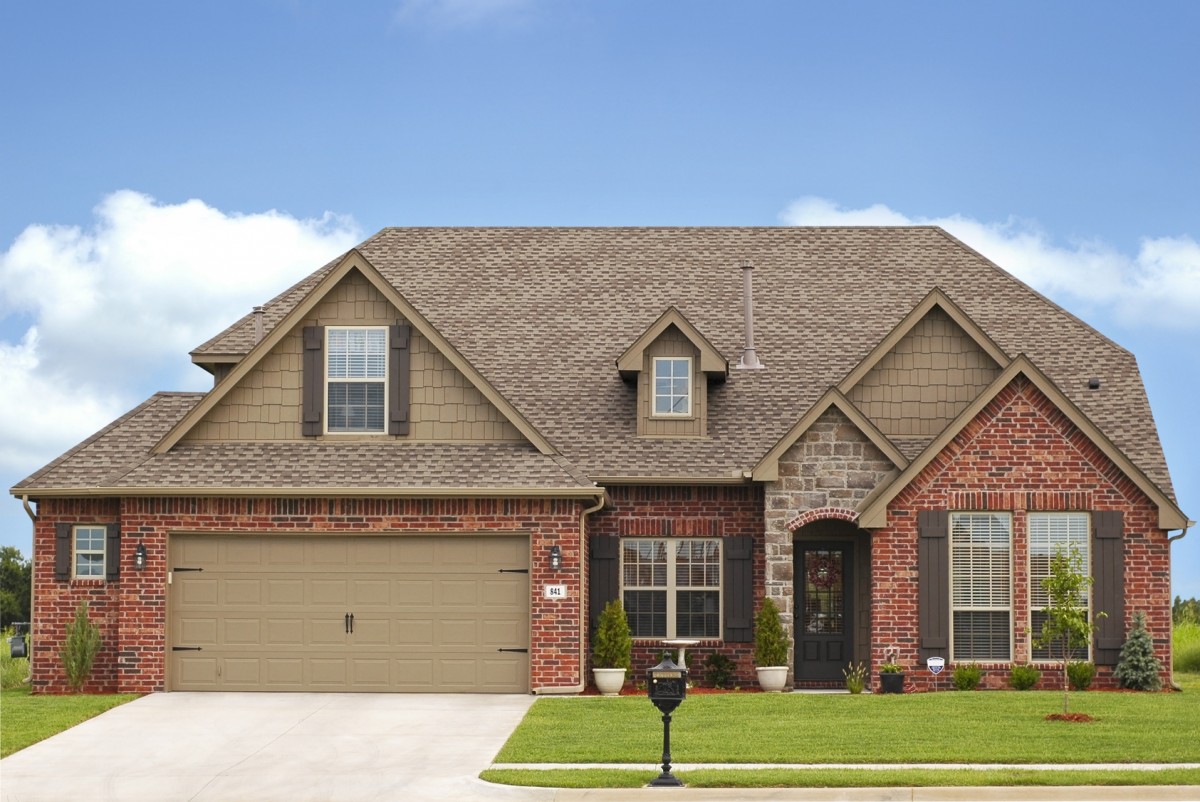
Which types of floors can we insulate for you?

Concrete floors

Suspended hollow pot floors

Suspended timber floors

Remedial overlay floors
Five great floor insulation benefits?

Reduces your fuel bills

Cuts your carbon emissions

Helps prevent damp

Keeps your feet warm – great for kids & pets
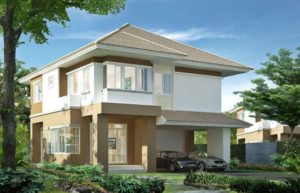
Your home is cool in summer, warm in winter.
TYPES OF FLOOR
1) SUSPINDED FLOOR 2) SOLID FLOOR
Insulating under the floorboards on the ground floor will save you about £40 - £55 a year, and you can seal the gaps between floors and skirting boards to reduce draughts too.
Gaps and draughts around skirting boards and floors are simple to fix yourself with a tube of sealant bought from any DIY store. Floorboards will rot without adequate ventilation so don't block under-floor airbricks in your outside walls.
Older homes are more likely to have suspended timber floors. Timber floors can be insulated by lifting the floorboards and laying mineral wool insulation supported by netting between the joists.
Many homes – especially newer ones – will have a ground floor made of solid concrete. This can be insulated when it needs to be replaced, or can have rigid insulation laid on top.
You don't need to insulate the floors of upstairs rooms in your house if they're above heated spaces (like the living room). But you should think about insulating any floors that are above unheated spaces such as garages, as you could be losing a lot of heat through those.
Types of Insulation
Thermafleece CosyWool Sheep Wool Insulation Rolls
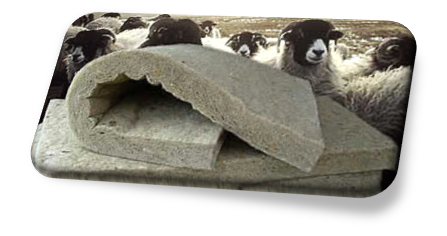
Therma fleece Cosy Wool comes in rolls and slabs and is manufactured from 75% British sheep wool and 25% polyester, of which 15% is recycled polyester. It is suitable for all applications, especially lofts, and comes in packs of either 2, 3 or 4 rolls which are easy and safe to store and handle. It complies with all British building and fire regulations.

Therma fleece CosyWool is harmless and can be installed without gloves or protective clothing, although we recommend wearing a dust mask in an enclosed space such as a loft. Thermafleece CosyWool is not irritating to the skin, eyes or respiratory tract.
External Wall Insulation is effective and represents a sound investment in your home. The most common reasons that our customers install external wall insulation in their houses include:
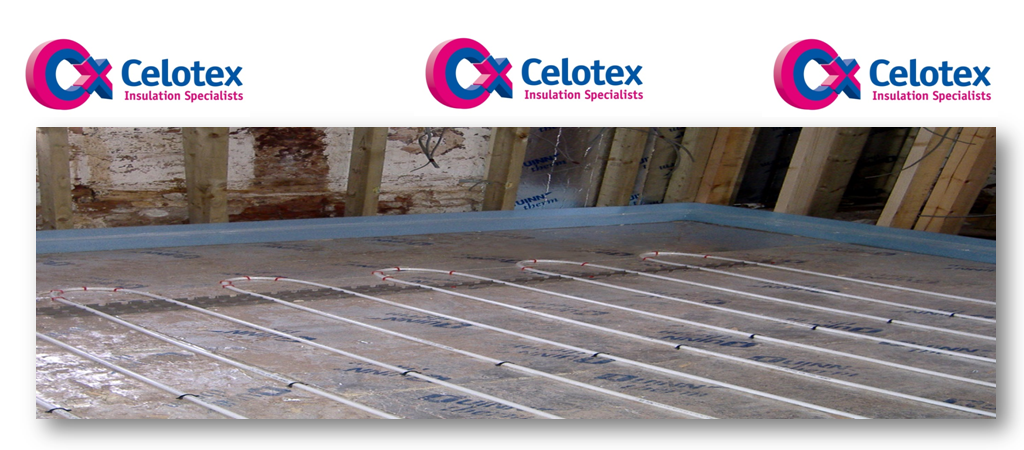
Celotex GA4000 is suitable for a variety of applications, including roof, wall and floor insulation.
This multipurpose PIR insulation board has long been at the heart of Celotex product range and achieves an A+ rating when compared to the BRE Green Guide.
- Board size: 1200 x 2400mm
- Thickness : 50-100mm
- Lambda: 0.022 W/mK
- Facer: Low emissivity foil facings
Offering enhanced thermal performance in cavity air spaces such as timber frame walls and pitched roof applications, Celotex GA4000 is a high performance PIR insulation board that:
- Offers high performance insulation with low emissivity foil facings offering enhanced thermal performance within cavity air spaces
- Is certified under BBA certificate number 95/3197 and 16/5352
- Is suitable for a number of applications including roof, wall and floor systems
- Is available as a BIM object
- Has low global warming potential (GWP) and zero ozone depletion potential (ODP)
- Future proofs the energy performance of new and existing buildings
